Designing Assistive Devices for Sacred Palanquin Carriers: A Glocalization Community Design
Abstract
:1. Introduction
2. Literature Review
2.1. Multi-Aspects of Globalization
2.2. Two Kinds of Glocalization
2.3. Revitalizing Cultural Practices with Community Design
3. Research Motivation
3.1. Background
3.2. Solving the Unsustainable Crisis of the Event with Community Design
4. Research Methodology
4.1. Research Procedure
4.2. Design Process of Protective Vest
4.3. In-Depth Interview
- The height of the palanquin carriers is the same.
- The pace of the palanquin carriers is the same.
- Increase the load-bearing area of the carrier.
- Reduce the pressure on the unit bearing area.
- Share the power equally on both shoulders.
- The binding method of the palanquin is related to the average load of each palanquin carrier.
5. User Test
6. Research Results
- Denim on the shoulder prevents the car from sliding
- The vest body uses cotton to absorb sweat.
- The inside of the vest is made of functional fabrics that absorb moisture and wick away perspiration.
- The shoulder pad net bag design of the protective gear can freely change the material of the shoulder pad, which is convenient for users to use on different occasions.
- Physical experience
- External image
- Function
- A. Comfortable
- B. Reduce discomfort on shoulder
- C. Team recognition
- D. Good looking
- E. Move smoothly
- F. Remain stable
- G. Easy to put on and take off
- Reliability analysis of self-perceived variable pretest: When this study performed pretest reliability analysis of herd behavioral variable, the overall Cronbach’s α coefficient of the perceptual variable is 0.755. The overall Cronbach’s α coefficient value of self-perception is greater than 0.7, which shows a good level of reliability.
- Reliability analysis before external image variables: When the reliability analysis before the value cognitive variables was performed in this study, it is shown in the overall Cronbach’s α coefficient of the value cognitive variable is 0.78. Since the overall Cronbach’s α coefficient value of the external image is greater than 0.7, the display scale is used to measure the external image with a sufficiently good level of reliability.
- Reliability analysis before using functional variables: When the reliability analysis before the value recognition variable was performed in this study, it is shown in the overall Cronbach’s α coefficient of the value cognitive variable is 0.701. Because the overall Cronbach’s α coefficient value of the use function is greater than 0.7, it shows that the scale has a good enough level of reliability to measure the use function.
7. Conclusions
Author Contributions
Funding
Conflicts of Interest
References
- Yao, B.-H. The Ambrosial Palankeen of Taiwan. Master’s Thesis, Graduate College of Architecture and Historic Preservation, Taipei National University of the Arts, Taipei, Taiwan, 2008. [Google Scholar]
- World Health Organization. Available online: https://www.who.int/topics/globalization/en/ (accessed on 29 March 2020).
- Waters, M. Globalization; Psychology Press: East Sussex, Hove, UK, 2001. [Google Scholar]
- Giddens, A. The Consequences of Modernity; Polity University Press: Cambridge, UK, 1990. [Google Scholar]
- Friedman, T. The Lexux and the Oliver Tree, 1st ed.; Anchor Books: New York, NY, USA, 2000; Available online: http://www.labeee.ufsc.br/~luis/egcec/livros/globaliz/TheLexusandtheOliveTree.pdf (accessed on 29 March 2020).
- Robertson, R. Globalization: Social Theory and Global Culture; Sage: London, UK, 1992. [Google Scholar]
- John, T. Globalization and Culture; Polity Press: Cambridge, UK, 2011. [Google Scholar]
- Toya, K. Interviewed. “Giving Design a Local Touch: Yamazaki, Ryō and Studio-L”, Nippon.com. Available online: https://www.nippon.com/en/people/e00043/giving-design-a-local-touch-yamazaki-ryo-and-studio-l.html (accessed on 29 March 2020).
- Liao, C.C. Wanhe Temple History; Wanhe Culture and Education Fund: Taichung, Taiwan, 2004. [Google Scholar]



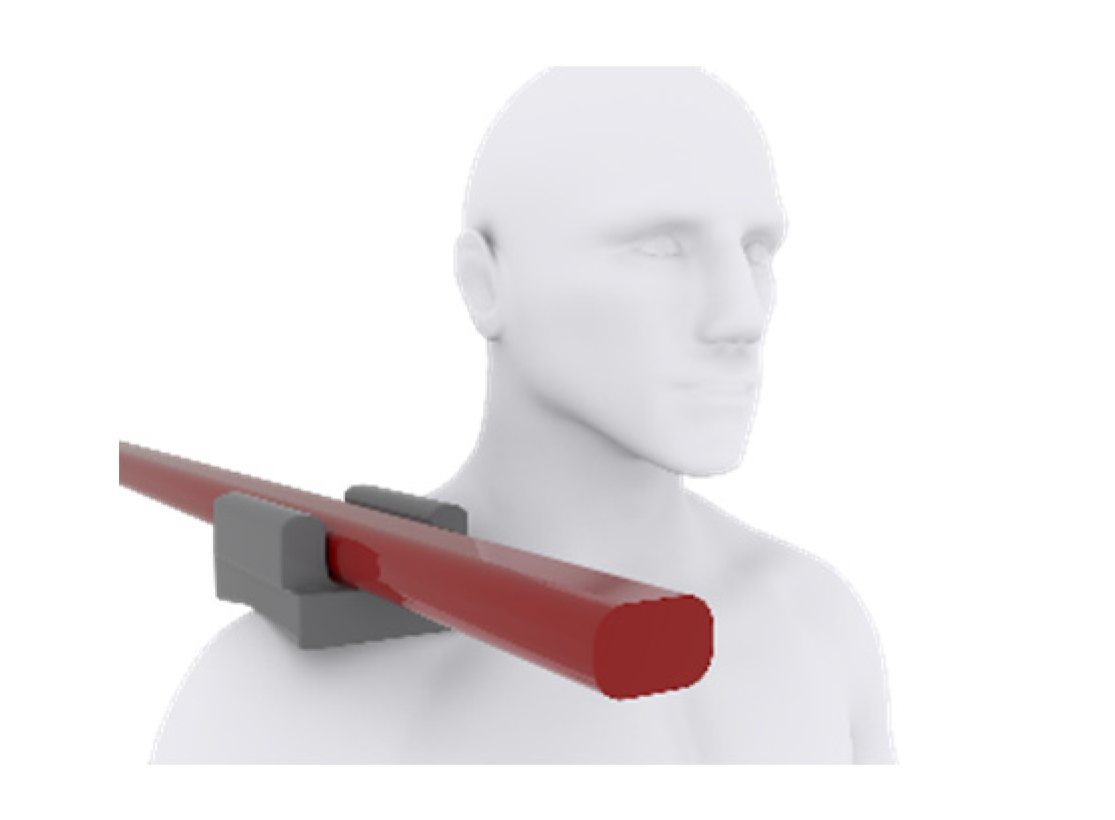
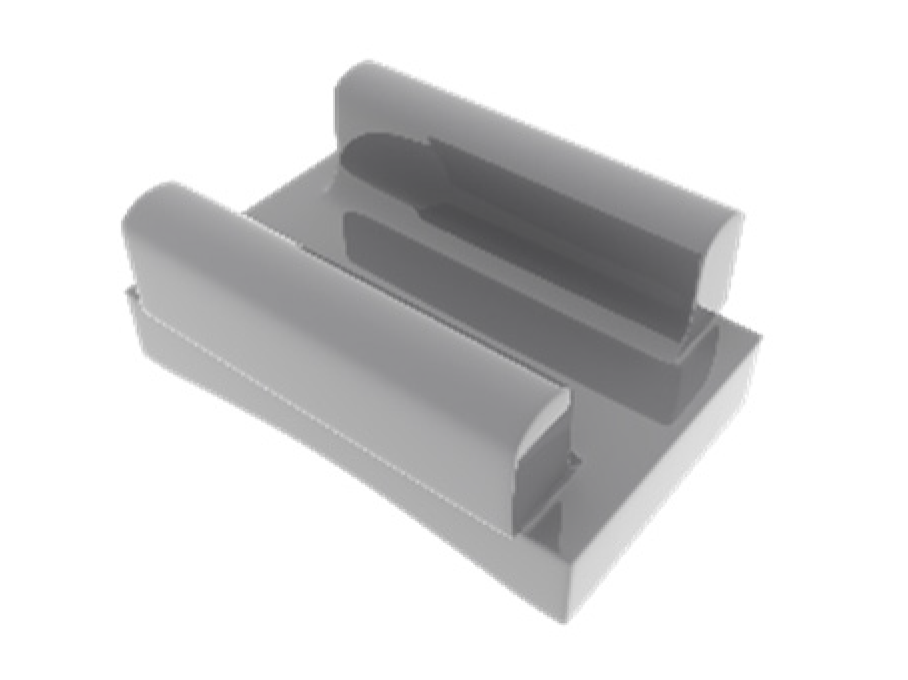

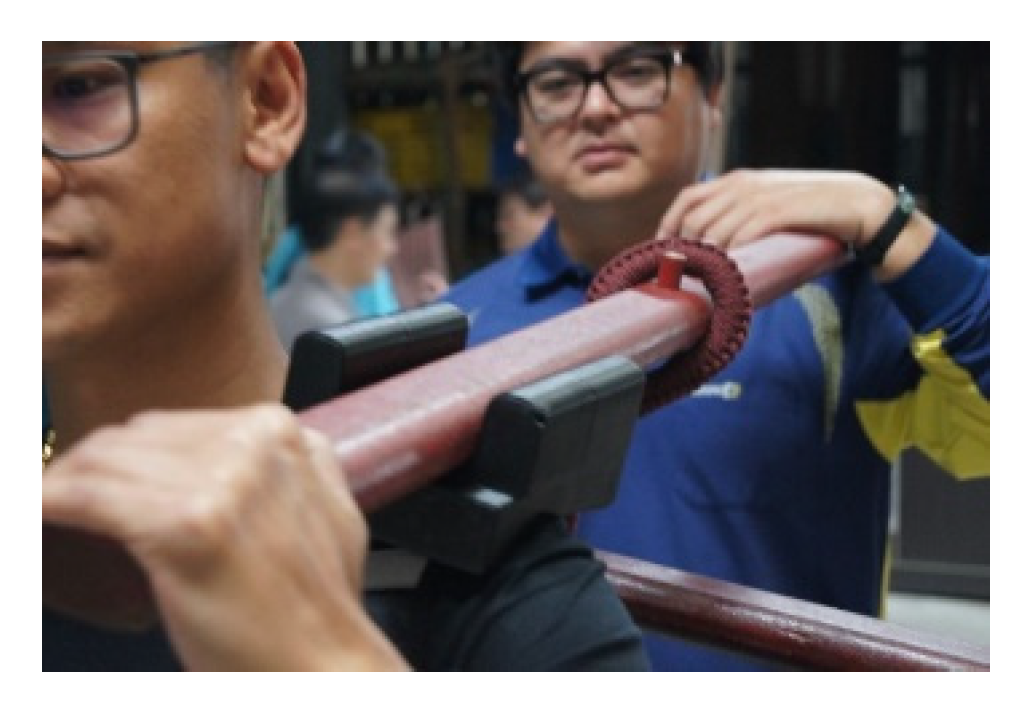


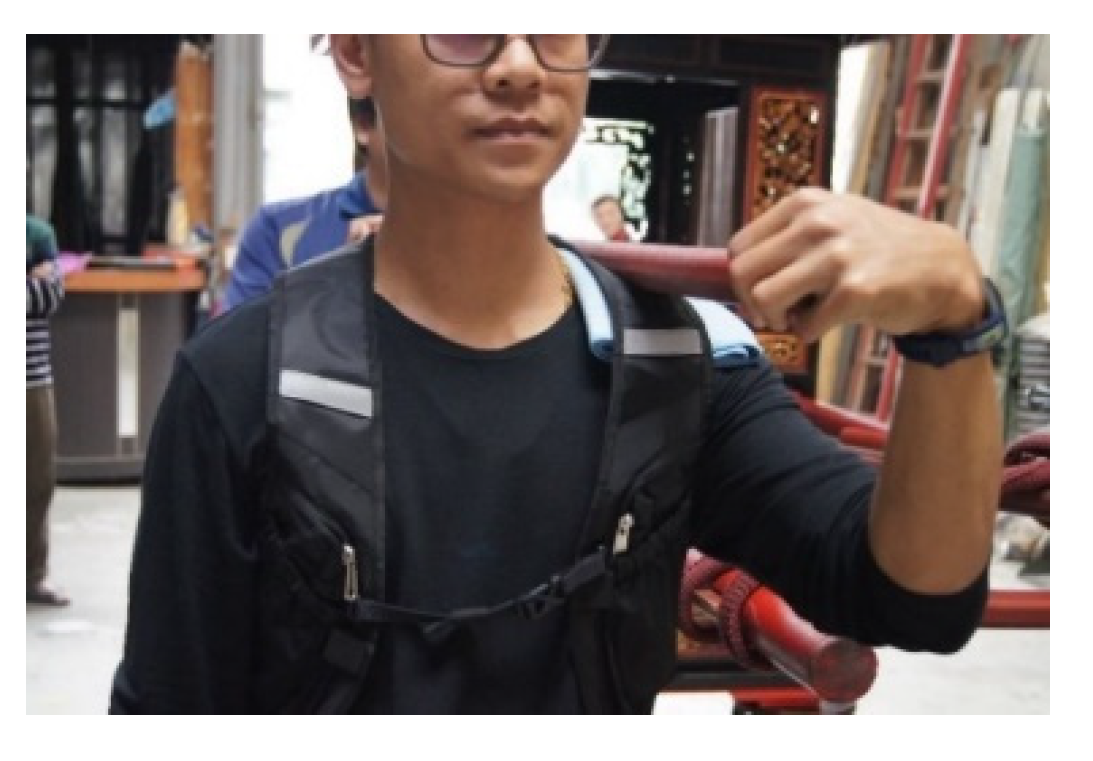

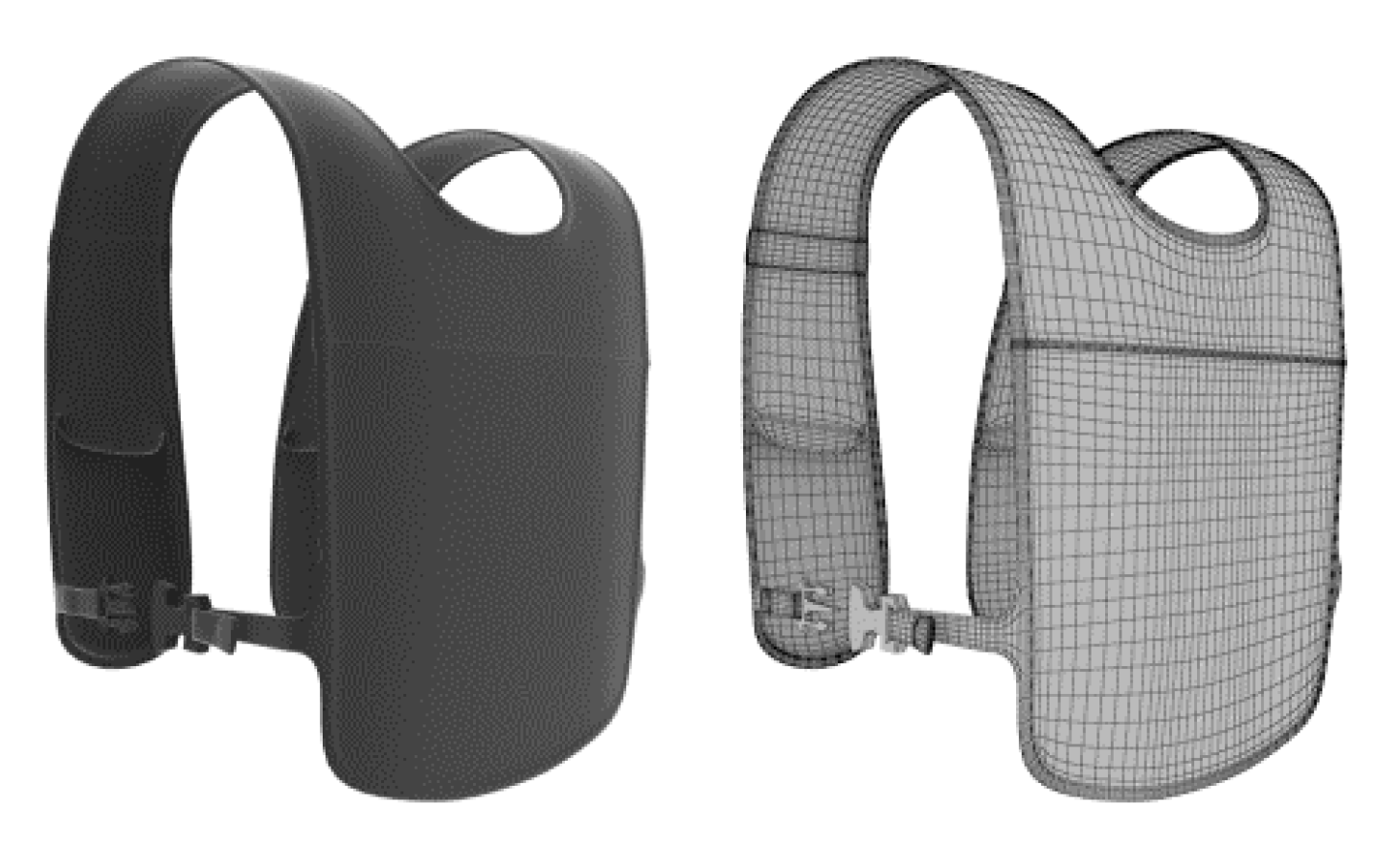



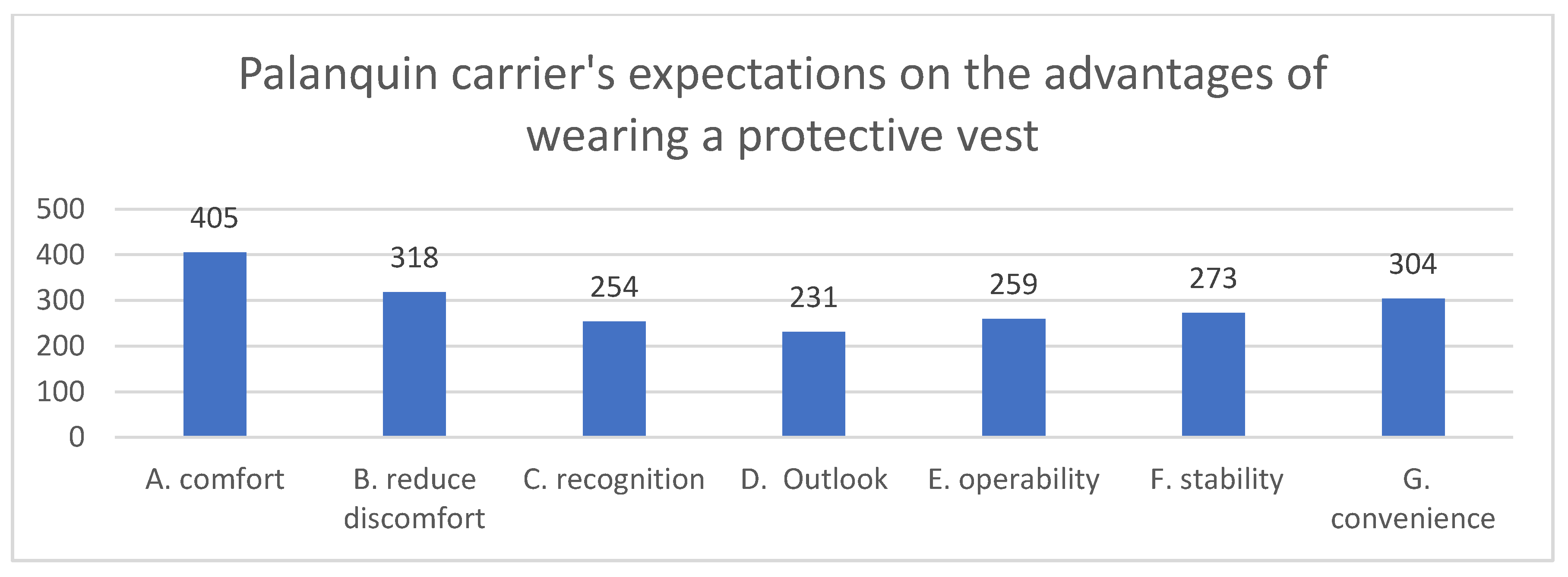

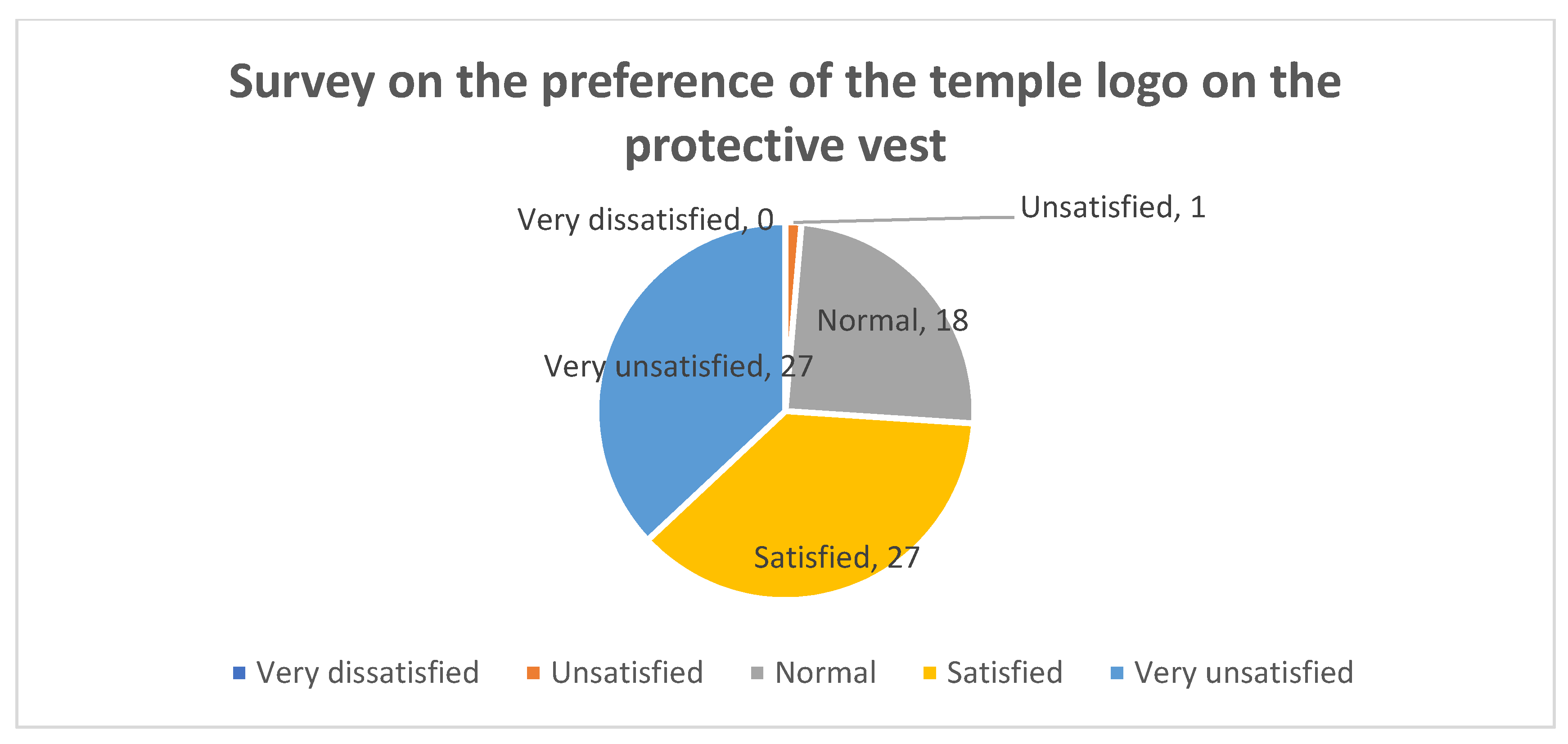
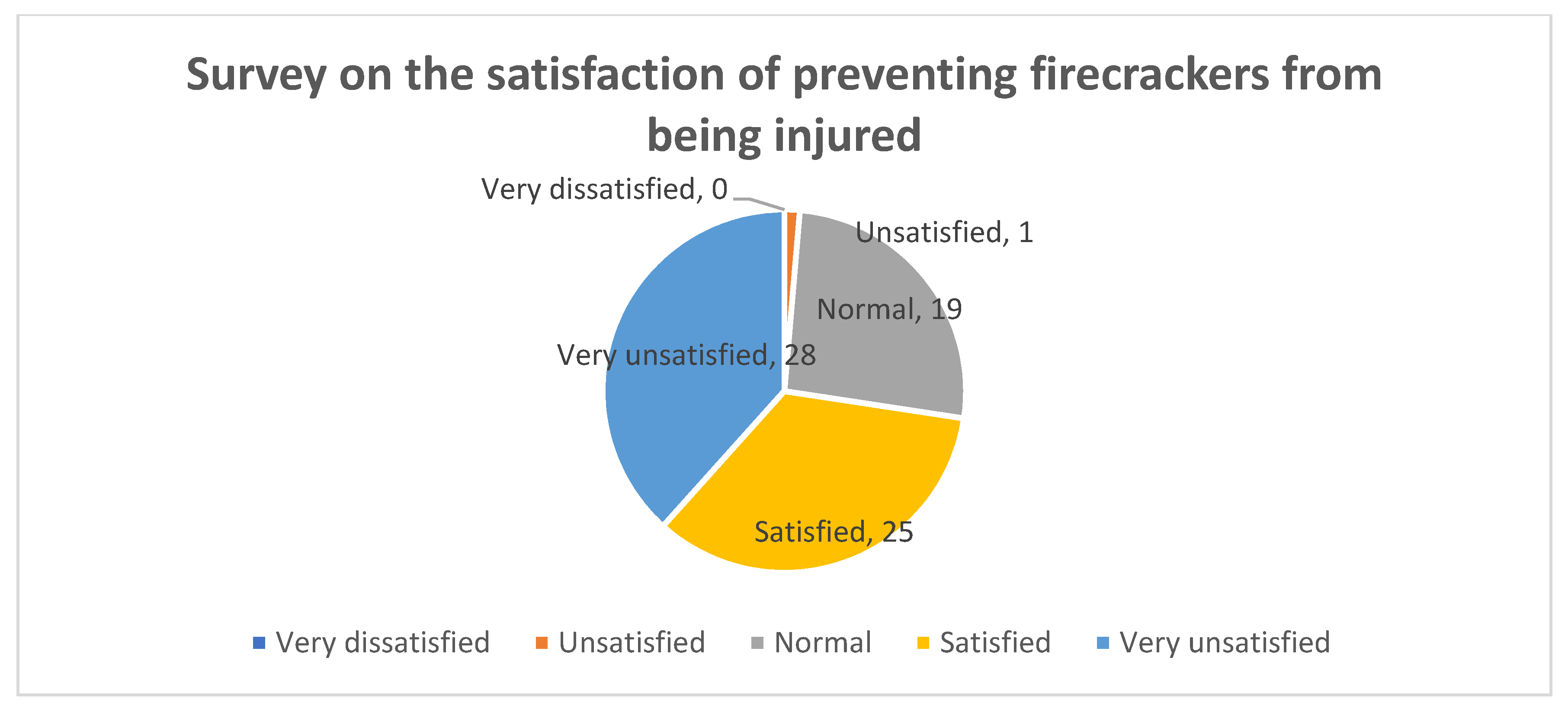
| Interviewee Code | Interviewee Role | Interview Style/Time | Qualifications |
|---|---|---|---|
| A. | Physician | Interview and record/1 August 2019 | He has been a physician in his own clinic for decades and is over 80 years old. |
| B. | Massage therapist | Interview and record/11 August 2019 | He has 20 years of experience in massage therapy, including 10 years as a massage therapist in a Chinese hospital, and 10 years in his own massage workshop. |
| C. | Professor of design | Interview and record/19 October 2019 | Expertise in ergonomics |
| D. | Leader of a palanquin-carrying team | Interview and record/4 August 2019 | Palanquin carrying experience for more than 20 years |
| E. | Member of a palanquin-carrying team | Interview and record/4 August 2019 | Palanquin carrying experience for more than six years |
| F. | Member of a palanquin-carrying team | Interview and record/4 August 2019 | Palanquin carrying experience for more than six years |
| G. | Member of a palanquin-carrying team | Interview and record/4 August 2019 | Palanquin carrying experience for more than six years |
| H. | Member of a palanquin-carrying team | Interview and record/4 August 2019 | Palanquin carrying experience for more than six years |
| I. | God palanquin operator | Interview and record/27 November 2019 | Inherited the technique of making palanquin from the family with more than 20 years of experience. |
| Sampling Appropriateness of KMO | p Value | |
|---|---|---|
| Physical experience | 0.655 | 0.000 * |
| External image | 0.715 | 0.000 * |
| Function | 0.789 | 0.000 * |
© 2020 by the authors. Licensee MDPI, Basel, Switzerland. This article is an open access article distributed under the terms and conditions of the Creative Commons Attribution (CC BY) license (http://creativecommons.org/licenses/by/4.0/).
Share and Cite
Ho, M.-C.; Chen, Y.-H. Designing Assistive Devices for Sacred Palanquin Carriers: A Glocalization Community Design. Sustainability 2020, 12, 3253. https://doi.org/10.3390/su12083253
Ho M-C, Chen Y-H. Designing Assistive Devices for Sacred Palanquin Carriers: A Glocalization Community Design. Sustainability. 2020; 12(8):3253. https://doi.org/10.3390/su12083253
Chicago/Turabian StyleHo, Ming-Chyuan, and Ying-Hsun Chen. 2020. "Designing Assistive Devices for Sacred Palanquin Carriers: A Glocalization Community Design" Sustainability 12, no. 8: 3253. https://doi.org/10.3390/su12083253
APA StyleHo, M.-C., & Chen, Y.-H. (2020). Designing Assistive Devices for Sacred Palanquin Carriers: A Glocalization Community Design. Sustainability, 12(8), 3253. https://doi.org/10.3390/su12083253




